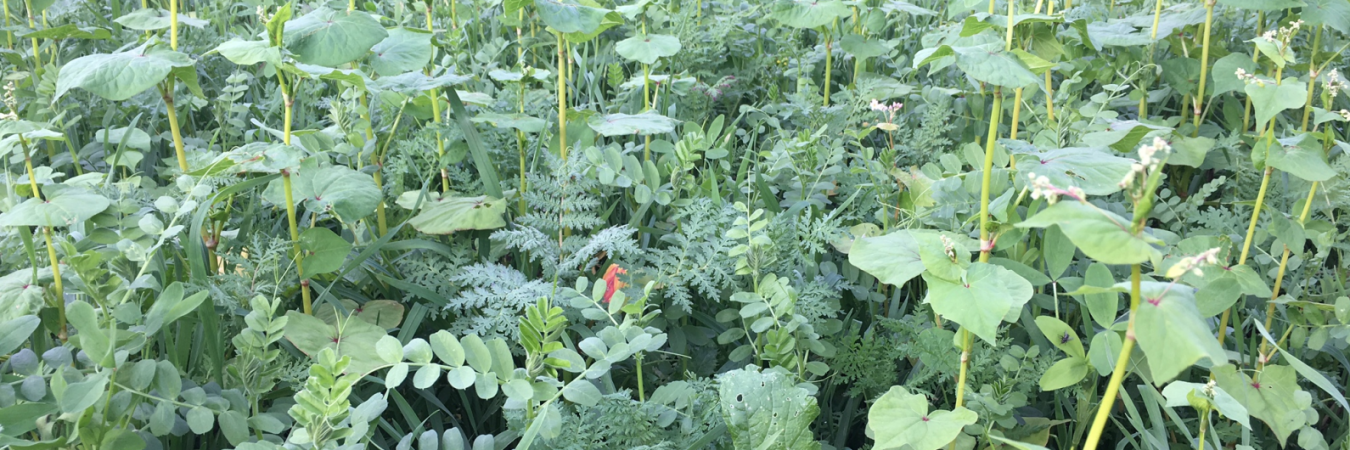The AgroDiversity Toolbox
(Formerly the 'OSCAR Cover Crop and Living Mulch Toolbox')
Resource explained
Incorporating cover crops and living mulches (known as ‘subsidiary crops’) into your cropping systems can improve the sustainability of your land (e.g. increase soil fertility and reduce erosion) and reduce the use of inputs. This resource published by the University of Kassel, Germany, is an interactive web tool based on the former OSCAR Cover crop toolbox, developed by TUM and the Organic Research Centre as part of the Optimising Subsidiary Crop Application in Rotations (OSCAR) project. The Toolbox gives you access to invaluable information on numerous subsidiary crops and consists of three main elements; a comprehensive Wiki on all aspects of diversification in agriculture, a Decision Support Tool, and a Species Database. The large interactive database of information on cover crops (e.g. botanical description, uses and cultivation etc.) can be narrowed down to your needs by specifying your geographical region and species requirements (e.g. high/low biomass, nitrogen release rate etc.). In addition to this and the well-informed Wiki, you can access a user guide, relevant research and information on the OSCAR project and numerous other projects.
Findings & recommendations
- The Agrodiversity Toolbox has been designed to promote and facilitate crop diversification and the use of conservation agriculture practices and subsidiary cropping systems throughout Europe.
- It is a free-to-use tool that you can access online.
- The Tool’s cover crop database provides you with information on more than 100 subsidiary crops, including white clover, alfalfa, barley and buckwheat.
- Specify your own species requirements and choose your region via the Tool’s online questionnaire – to identify species ordered by their relevance to your requirements.
- Locate and access information on appropriate machinery, best management, and economics of subsidiary crops.
- Access more information about subsidiary crops and their importance for farm sustainability through the Cover Crop and Living Mulch Wiki.


